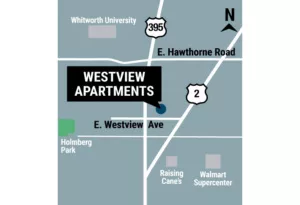
Home » Guest Commentary: Snake River dams too vital to remove
Guest Commentary: Snake River dams too vital to remove
-
December 15, 2016
 There are dams that should come down and those that shouldn’t.
There are dams that should come down and those that shouldn’t.
Hopefully, as the U.S. Army Corps of Engineers conducts its review of the 14 federal dams on the Columbia and Snake rivers, that will become abundantly clear.
Here is the difference.
Demolishing the two dams on the Elwha River west of Port Angeles was a good thing. The dams were built in the early 1900s to bring electricity to the Olympic Peninsula at a time when salmon and steelhead were plentiful in other Pacific Northwest rivers. Neither dam had fish ladders.
On the Elwha, the issue was clear: Removing the dams allowed salmon and steelhead to move upstream to spawn.
But breaching the four Lower Snake River dams is entirely different.
For one thing, the billions of dollars paid by Bonneville Power Administration (BPA) ratepayers to improve fish passage and spawning habitat throughout the Columbia/Snake river system is now paying off. Salmon are returning from the ocean in record numbers.
Since 2014, more than 2.5 million salmon and steelhead passed Bonneville Dam, Congresswoman Cathy McMorris Rodgers wrote. That is the highest return since 1938, when we started counting.
Of the 13 salmon and steelhead stocks in the Columbia Basin listed under the Endangered Species Act, only four migrate through the lower Snake River dams.
The bigger problem has been young fish swimming downstream to the ocean, but the cooperative work of federal, state, tribal, and private groups and lots of money resulted in significant enhancements to migrating runs.
Northwest River Partners reports survival through the Snake River dams for young salmon averages 97 percent. It is even better for juvenile steelhead at 99.5.
While the Elwha dams produced very little electricity, the four Snake River dams can provide enough electricity for 1.87 million homes when generating at full capacity. On average, they contribute 5 percent of the Northwest’s electricity supply.
Replacing their power output would take two nuclear plants, three coal-fired generators, or six-gas fired electric facilities and it would be hugely expensive. In 2015, the BPA estimated it would add 12 to 15 percent to household and business electric bills.
According to the Northwest Power and Conservation Council, removing the Snake River dams would add between 3 and 4.5 million metric tons of CO2 to Northwest skies each year. That’s because the carbon-free power these dams provide would have to be replaced, in large part, by carbon-emitting, gas-fired facilities.
The network of dams is the marine highway created on the Columbia and Snake rivers. It is the most environmentally friendly way to move cargo from Lewiston to Astoria. A tug pushing a barge can haul a ton of wheat 576 miles on a single gallon of fuel.
Ten percent of all Northwest exports pass through the four lower Snake River dams. They generate $20 billion in trade, commerce, and recreation income. Water from their reservoirs nourishes thousands of farms, orchards, and vineyards.
Our efforts should be directed on how to improve, not remove, those dams.
Don. C. Brunell, a business analyst and columnist who lives in Vancouver, is the retired president of the Association of Washington Business. He can be contacted at [email protected].
Latest News
Related Articles


